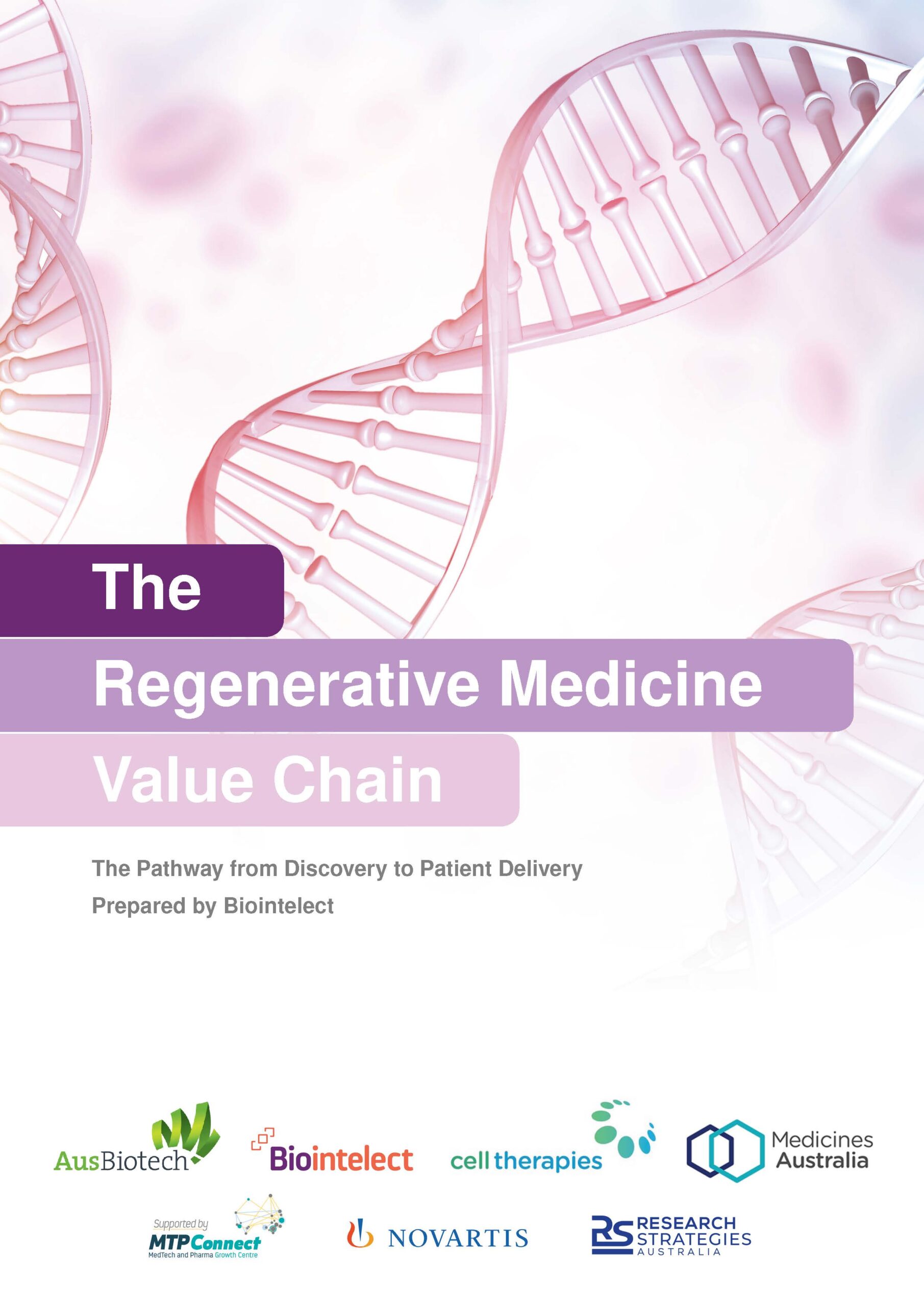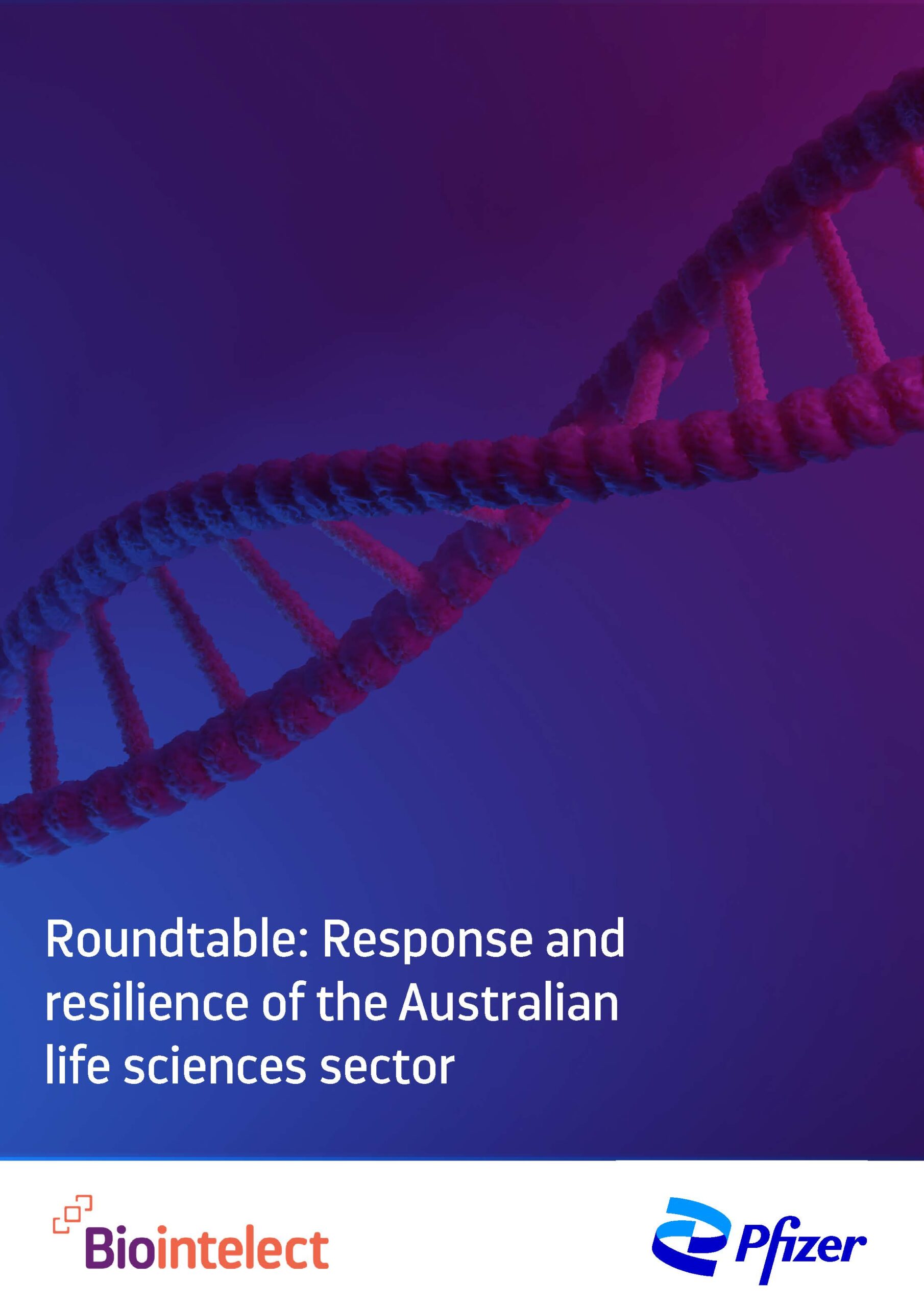Regenerative medicine (RM) promises to deliver ground-breaking therapies to Australian patients, with innovative approaches targeting a wide range of conditions including rare genetic diseases, cancers, chronic diseases, and organ damage. The global pipeline of clinical trials and investment in RM is booming, with 1,220 ongoing trials and US$19.9B raised in 2020, more than any previous year.
RM therapies (RMT) are transformative and disruptive technologies that require new thinking and approaches across the value chain of research, development, regulation, reimbursement and patient delivery. These ground-breaking therapies will also require unprecedented advanced manufacturing capabilities. The main goals for advancing RM in Australia are to give patients timely access to cutting-edge and potentially life-saving RMTs by promoting a thriving domestic RM sector and ensuring that Australia remains a priority market for global developers. To achieve these goals, the enablers and barriers in the Australian value chain must be identified and respectively supported and overcome.
This report maps the value chain for RM in Australia, from bench to bedside. The development pathway is not linear, but iterative, combining approaches from the biomedical sciences and bioengineering. Many stakeholders are involved across the value chain, although their specific roles change at different phases. The crossnature of these roles suggests clear opportunities for and benefits from collaboration.
In describing the value chain, it is necessary to generalise across RMTs. Clearly, however, there are variations between gene and cell therapies and tissue engineered products (TEP). Even within these broad categories, all RMTs have unique characteristics, development pathways and implementation requirements.
Fostering a globally competitive and patient-centric Australian RM sector requires a critical mass across the entire value chain and stakeholder ecosystem. This includes effective research translation, which is contingent on agile regulatory and reimbursement approaches and forward-thinking implementation strategies that can adapt to an emerging field. In describing the RM value chain, this report aims to highlight the enablers, barriers, and key opportunities within the Australian sector to inform priority areas for action in the roadmap outlined by the Catalyst Consortium.






